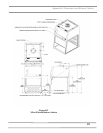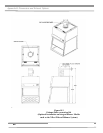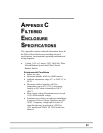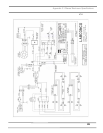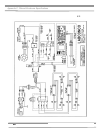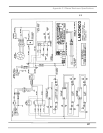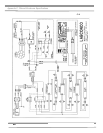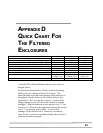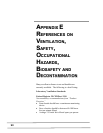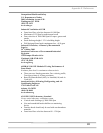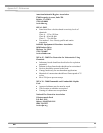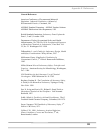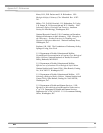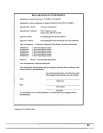
91
Appendix E: Reference
s
Occupational Health and Safety
U.S. Department of Labor
200 Constitution Avenue N.W.
Washington, DC 20210
(202) 523-1452
www.osha.gov
Industrial Ventilation-ACGIH
• Fume hood face velocities between 60-100 lfpm
• Maximum of 125 lfpm for radioisotope hoods
• Duct velocities of 1000-2000 fpm for vapors, gasses and
smoke
• Stack discharge height 1.3-2.0 x building height
• Well designed fume hood containment loss, <0.10 ppm
Industrial Ventilation, A Manual of Recommended
Practice.
24
th
Edition, 2001
American Conference of Governmental Industrial
Hygienists
1330 Kemper Meadow drive
Cincinnati, OH 45240-1634
(513) 742-2020
www.acgih.org
ASHRAE 110-1995 Method of Testing Performance of
Fume Hoods
Evaluates fume hood’s containment characteristics
• Three part test: Smoke generation, Face velocity profile,
Tracer gas release @ 4 liters per minute
• Rated As Manufactured (AM), As Installed (AI) and As
Used (AU)
American Society of Heating, Refrigerating, and Air
Conditioning Engineers
1791 Tullie Circle N.E.
Atlanta, GA 30329
(404) 636-8400
www.ashrae.org
ANSI Z9.5-1993 Laboratory Standard
Covers entire laboratory ventilation system.
• Vertical stack discharge @ 2000-3000 fpm
• New and remodeled hoods shall have a monitoring
device
• Ductless hoods should only be used with non-hazardous
materials
• Fume hood face velocities between 80 – 120 fpm



